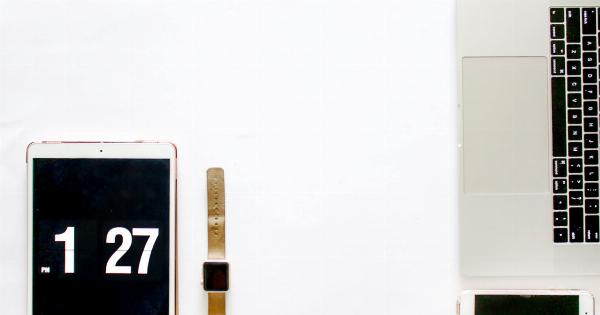Blocked arteries can have serious consequences on your health. If blood flow to your heart is restricted, you may experience chest pain, shortness of breath, or even a heart attack.
On the other hand, if your arteries to your brain are blocked, it can lead to stroke, memory loss, or even dementia.
The good news is that there are ways to detect blocked arteries before they become a major problem. One of these ways is known as the pillow test. The pillow test is a simple at-home test that you can do to determine if your arteries are blocked.
What is the Pillow Test?
The pillow test is a non-invasive test that is used to determine if your arteries are blocked. The test is called the pillow test because it involves lying flat on your back for several minutes and then raising your head and shoulders with a pillow.
The test is performed in the morning, before you get out of bed or have breakfast.
During the test, your heart rate and blood pressure are monitored. The pillow test is based on the idea that if your arteries are narrowed or blocked, your heart will need to work harder to pump blood through your body.
When you raise your head and shoulders, it increases the workload on your heart, which can cause symptoms if your arteries are blocked.
How to Perform the Pillow Test?
Performing the pillow test is easy, and it can be done in the comfort of your own home. Here are the steps for performing the pillow test:.
- Lie flat on your back for 5 minutes
- Take your blood pressure and heart rate
- Place a pillow under your head and shoulders
- Take your blood pressure and heart rate again
If your blood pressure and heart rate increase significantly after raising your head and shoulders, it could be a sign of blocked arteries. You should talk to your doctor right away if you experience any symptoms during the pillow test.
Risks and Limitations of the Pillow Test
The pillow test is a non-invasive test that has few risks or limitations. However, it is important to note that the pillow test is not a definitive diagnosis of blocked arteries. It can only serve as an indicator that further testing may be needed.
In addition, the pillow test may not be accurate for everyone. For example, if you have high blood pressure or heart disease, the test may not be accurate.
Also, if you have a blocked artery, but it is not severe enough to cause symptoms, the pillow test may not detect it.
Other Tests for Detecting Blocked Arteries
If the pillow test indicates that you may have blocked arteries, your doctor may recommend further testing to confirm the diagnosis. Here are some other tests that can be used to detect blocked arteries:.
- Echocardiogram
- Angiogram
- Magnetic resonance angiography (MRA)
- Computed tomography angiography (CTA)
- Stress test
These tests are more invasive and expensive than the pillow test, but they can provide a more accurate diagnosis of blocked arteries.
Preventing Blocked Arteries
The best way to prevent blocked arteries is to maintain a healthy lifestyle. Here are some tips to reduce your risk of blocked arteries:.
- Eat a healthy diet
- Exercise regularly
- Maintain a healthy weight
- Quit smoking
- Manage stress
- Control high blood pressure and cholesterol levels
By following these tips and getting regular check-ups with your doctor, you can reduce your risk of blocked arteries and improve your overall health.
Conclusion
The pillow test is a simple and non-invasive way to detect blocked arteries.
If you experience any symptoms or have a family history of heart disease, it is important to talk to your doctor about the pillow test and other tests that can be used to diagnose blocked arteries. By taking steps to prevent blocked arteries, you can improve your overall health and reduce your risk of serious health problems.






























